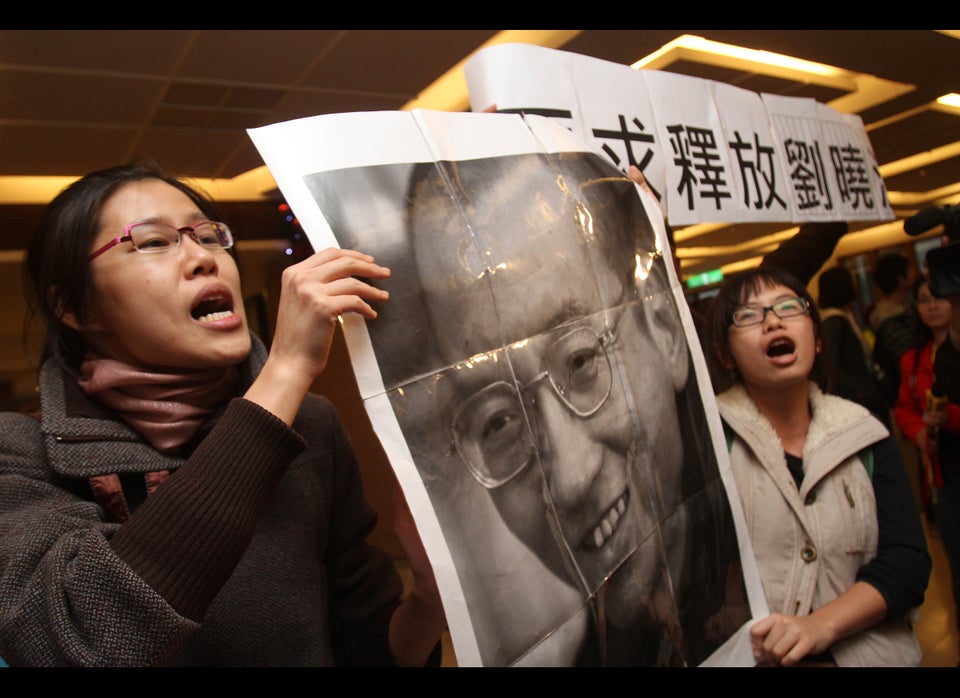
The sites of two shootings and a Native American burial ground have been designated National Historic Landmarks, the Department of the Interior announced Wednesday.
The Kent State shooting site in Kent, Ohio; the house where civil rights activist Medgar Evers was assassinated in Jackson, Mississippi; and the Wyandotte National Burying Ground in Kansas City, Kansas, are among the two dozen new sites recognized.
The recognition of the burial ground and two shooting sites is especially poignant following a year of horrifying gun violence and the months-long protest at the Standing Rock Sioux reservation.
“These 24 new designations depict different threads of the American story that have been told through activism, architecture, music, and religious observance,” U.S. Secretary of the Interior Sally Jewell said. “Their designation ensures future generations have the ability to learn from the past as we preserve and protect the historic value of these properties and the more than 2,500 other landmarks nationwide.”
Receiving National Historic Landmark designation may provide properties with extra protections from development and may also make them eligible for preservation grants and technical preservation assistance.
The Kent State shooting occurred on May 4, 1970, when the Ohio National Guard opened fire on unarmed college students protesting U.S. military operations in Cambodia. The officers killed four students and wounded nine others, setting off a national protest of more than 4 million students and ultimately shaping public opinion of the Vietnam War.
The black civil rights activist Medgar Evers was assassinated outside his Jackson home in 1963. The Department of the Interior release notes that Evers “was the first nationally significant civil rights leader to be murdered.”
Decades later, police brutality and violent attacks on the black community remain ongoing social justice issues in the U.S.
The Wyandotte National Burying Ground, meanwhile, stands as “tangible evidence of the consequences of federal American Indian removal policy to a tribal population” and is associated with the movement to give federal protections to tribal burial grounds, DOI said.
In 2016, threats to those protections resulted in a months-long protest at the Standing Rock Sioux reservation in North Dakota, where tribe members said the planned Dakota Access oil pipeline would disturb sacred lands and burial grounds and possibly contaminate their water supply.
The full list of newly designated National Historic Landmarks can be found here.

